The Party Committee of the Ho Chi Minh City People's Committee has just submitted a document to the Standing Committee of the City Party Committee and the Standing Committee of the Ho Chi Minh City Party Committee asking for approval of the urban railway system development project to concretize the goals according to Conclusion 49 of 2023 of the Politburo on the orientation of Vietnam's railway transport development to 2030, with a vision to 2045.
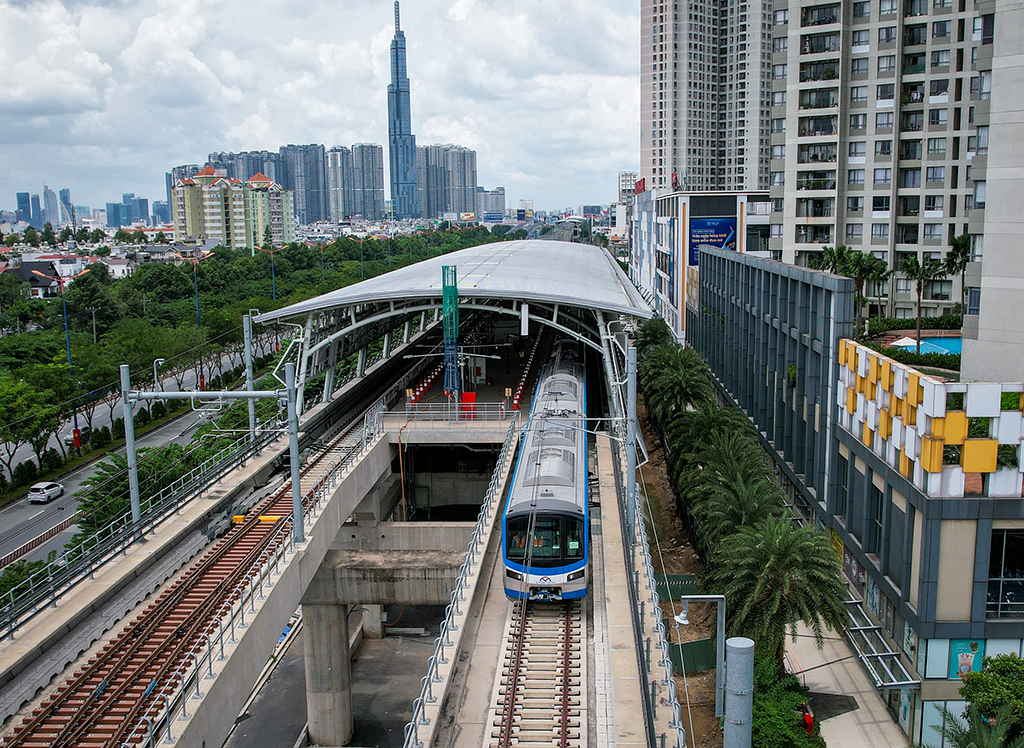
Ho Chi Minh City needs many breakthrough mechanisms to complete 220 km of urban railway by 2035.
The draft project analyzes quite carefully the current status of investment in the urban railway network in the area and proposes breakthrough mechanisms, capable of completing 220 km by 2035.
NEED TO PLAN A NETWORK OF MORE THAN 500 KM
According to the plan 10 years ago, Ho Chi Minh City invested in 8 urban railway lines and 3 tram lines or monorails with a total length of about 220 km, with a total investment capital of more than 25 billion USD. However, up to now, Ho Chi Minh City only has urban railway line No. 1 (Ben Thanh - Suoi Tien) with a length of 19.7 km, expected to be completed by the end of 2023, and line No. 2 (Ben Thanh - Tham Luong) starting construction in 2024, completed in 2032. Other lines are only at the stage of investment preparation and calling for investment.
Meanwhile, Conclusion 49 of the Politburo sets the target of completing the urban railway network in Ho Chi Minh City by 2035. The Party Committee of the Ho Chi Minh City People's Committee assessed that completing 200 km of urban railway in the next 12 years is a very large goal, and if we continue to do the same thing as in the past 20 years, it will not be possible to achieve it.
Although the goal is big, Ho Chi Minh City also has an advantage when Resolution 98/2023 of the National Assembly allows a pilot model of urban development according to public transport orientation (TOD) in the vicinity of railway stations. This is a legal condition to mobilize maximum resources from land, creating a budget source to build the urban railway system. Currently, the planning of urban railway lines only stops at the route direction and station location, not synchronizing between railway development and urban development, so it has not created an increased financial source from land funds. In addition, Resolution 98 also allows mobilizing investment capital through the issuance of local government bonds, foreign loans from the Government for re-lending, etc.
Compared with some modern cities in the region such as Singapore, Guangzhou, Shenzhen (China), Seoul (Korea), Ho Chi Minh City assessed that the planning of 220 km of urban railway is not commensurate, and it is necessary to plan a network of more than 500 km by 2035 and a vision after 2035 of about 700 - 800 km.
PEOPLE BENEFIT FROM TOD MODEL
Pointing out the difficulties in land acquisition and site clearance (GPMB), Ho Chi Minh City pointed out that GPMB takes a lot of time and costs a lot because after planning, land prices increase. Therefore, to avoid land speculation and create clean land funds, it is necessary to study land acquisition for urban railway projects right from the stage when the project's detailed planning is approved. Ho Chi Minh City also believes that it is necessary to complete the planning, land acquisition and GPMB for the entire urban railway system within 4-5 years, by 2028 at the latest.
Regarding financial resources, the capital demand for the urban railway system is about 25 - 30 billion USD. Currently, the two existing metro lines are being implemented using ODA capital, but Vietnam is no longer in the group of low-income developing countries, so foreign loans will have less preferential elements and be highly commercial. On the other hand, investment using ODA capital is increasingly difficult due to many complicated procedures, loan conditions, high investment rates, dependence on design, technology, etc. Therefore, it is necessary to diversify financial resources.
Specifically, the Ho Chi Minh City People's Council decided to use the budget to establish a detailed plan for urban railways connected to the vicinity of stations on railway lines according to the TOD model (including land use rights, underground space use and overhead space) as well as use the budget for compensation, support and resettlement. The Ho Chi Minh City People's Committee will reclaim land immediately after the detailed plan for urban railways is approved. The principle of establishing the land acquisition unit price ensures that the people's benefits are equal to or better than their old place of residence, plus an incentive coefficient for land handover and priority for resettlement in the same area where the land is reclaimed so that people can benefit from the TOD model.
In addition, Ho Chi Minh City also proposed options for issuing local and international government bonds; borrowing from financial institutions, other domestic organizations and foreign sources; the source of government bonds issued is not subject to the ceiling limit.
C PREPARING OPERATING PERSONNEL
According to the assessment, the domestic railway industry currently mainly serves the national railway with small scale, outdated technology, not meeting the requirements of mastering technology to provide materials, spare parts for maintenance and repair of modern urban railway lines. Regarding human resources, the experience of some modern cities in Asia shows that to manage and operate an urban railway system of 200 - 300 km, it takes 15,000 - 20,000 people. In addition, about 20,000 personnel are needed for design, construction and equipment installation.
However, with the current income, Ho Chi Minh City believes that it will not be able to attract and retain qualified human resources and manage the required volume. In addition, the urban railway major has not attracted the attention of students.
Therefore, Ho Chi Minh City proposes to have a training strategy, coordinate with institutes, universities, colleges, and training centers specializing in urban railways. At the same time, establish schools, centers, and training institutes and support the budget to invest in facilities, equipment, provide training and education funds, and scholarships for students studying urban railways. At the same time, the state also needs attractive salary and income policies to attract and retain high-quality human resources.
Regarding the organizational model, project management, and human resource training, Ho Chi Minh City proposed to convert the Urban Railway Management Board model into a special-class state-owned enterprise operating in multiple sectors following the model of a general corporation or urban railway group. Ho Chi Minh City also proposed a number of mechanisms on the framework of technical standards, technology, construction organization, and supply of materials and equipment to ensure synchronous and unified operation, bringing convenience to the people.
Register your work schedule to report to the Politburo
The Party Committee of the Ho Chi Minh City People's Committee submitted to the Standing Committee of the City Party Committee and the Standing Committee of the City Party Committee for consideration and comments on two contents: the policy of developing a project to develop the urban railway system and directing staff to register a working schedule to report to the Politburo on this project in the first quarter of 2024.
Shorten approval process
The draft project outlines the actual sequence, procedures for investment, approval and project implementation for a separate urban railway project, including 3 phases (investment preparation, project implementation and project completion), which on average last 12 - 15 years. On the other hand, prolonged investment preparation procedures and asynchronous investment and exploitation between routes will reduce the efficiency of the entire network. Prolonging the project implementation time wastes resources, reduces investment efficiency and creates negative public opinion.
The project suggests that it is necessary to study a comprehensive and feasible solution, with a number of specific mechanisms and policies in the direction of strong decentralization and delegation of power to be proactive in approving and implementing projects, in order to shorten the time for carrying out investment procedures. Specifically, Ho Chi Minh City proposes that the National Assembly approves the overall investment policy of the entire urban railway system of the city, then the Ho Chi Minh City People's Committee approves the project investment decision.
Source link




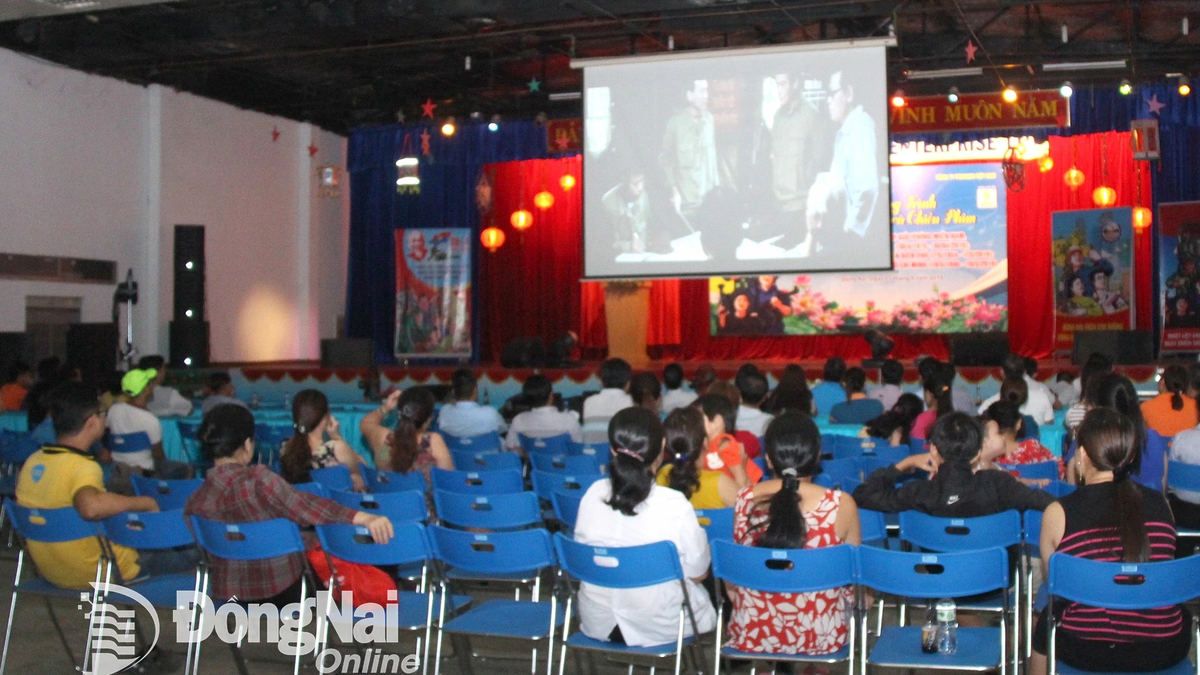

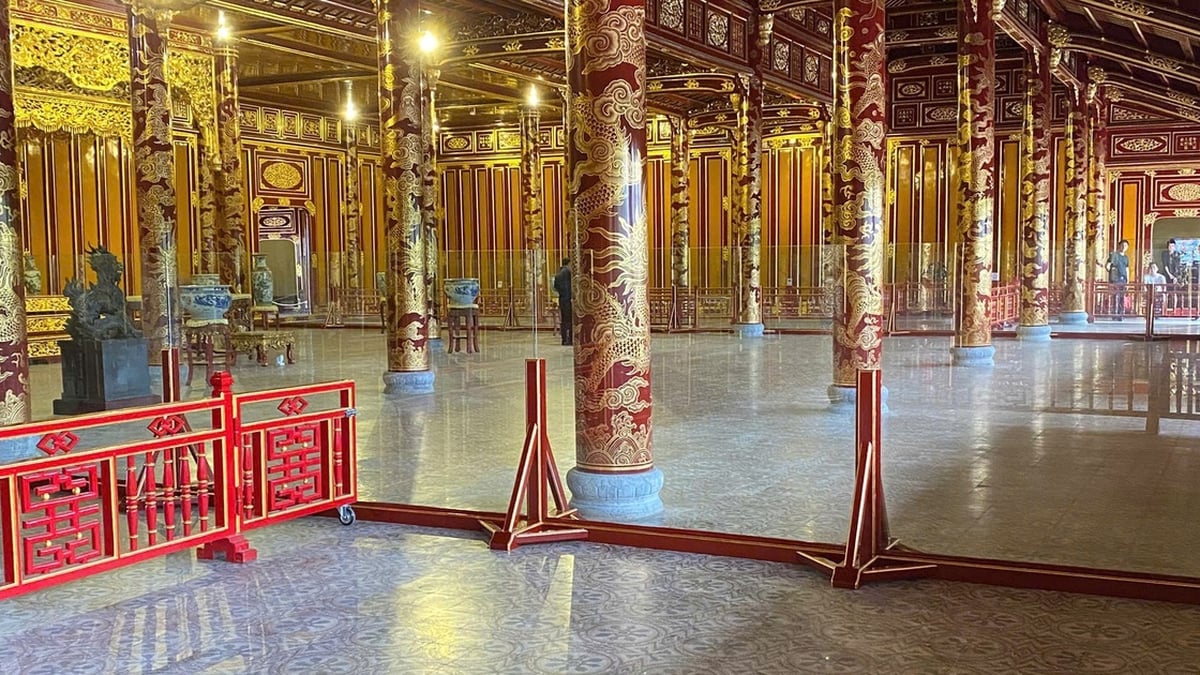
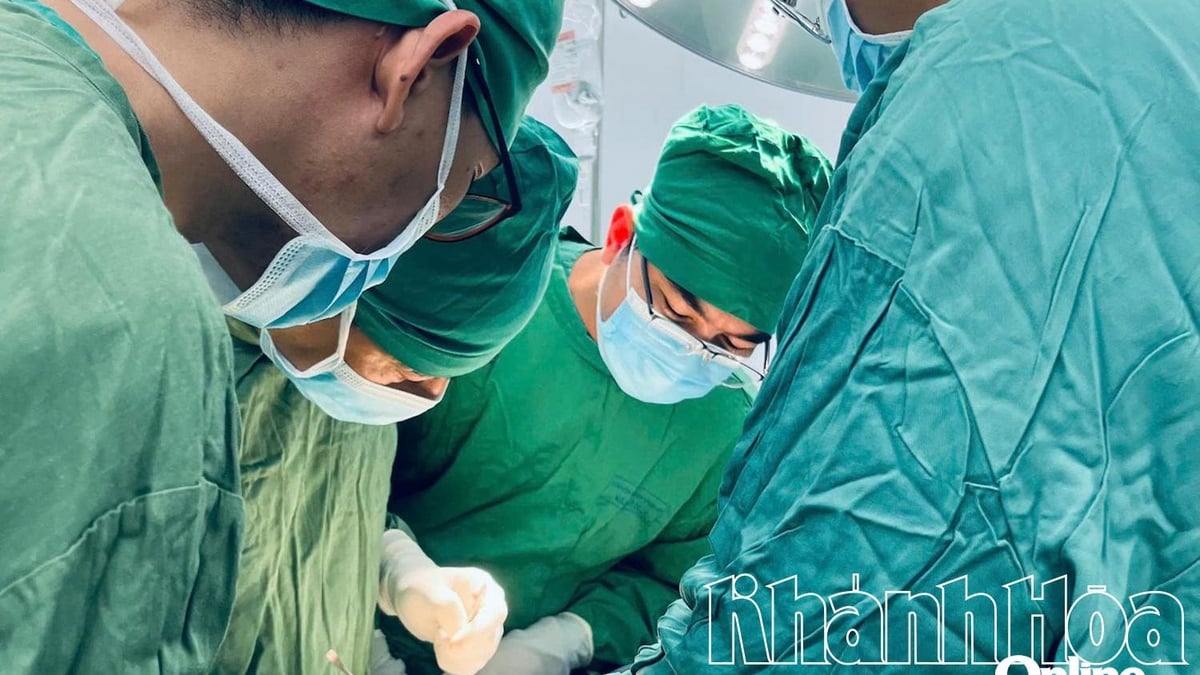

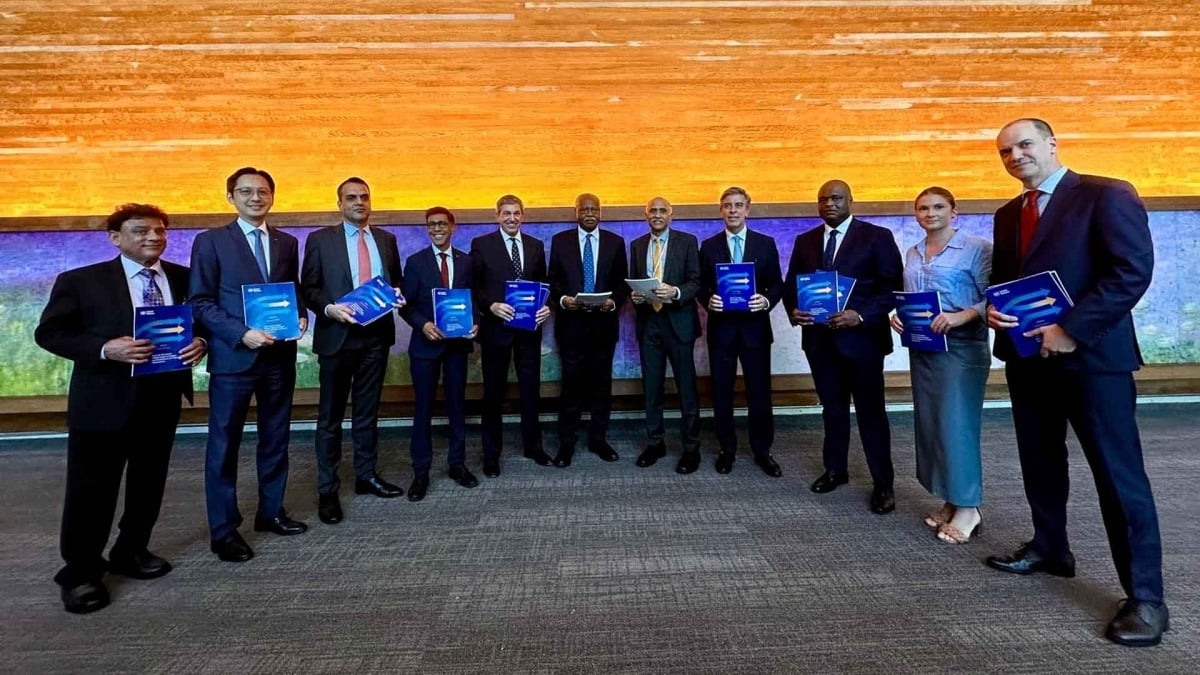
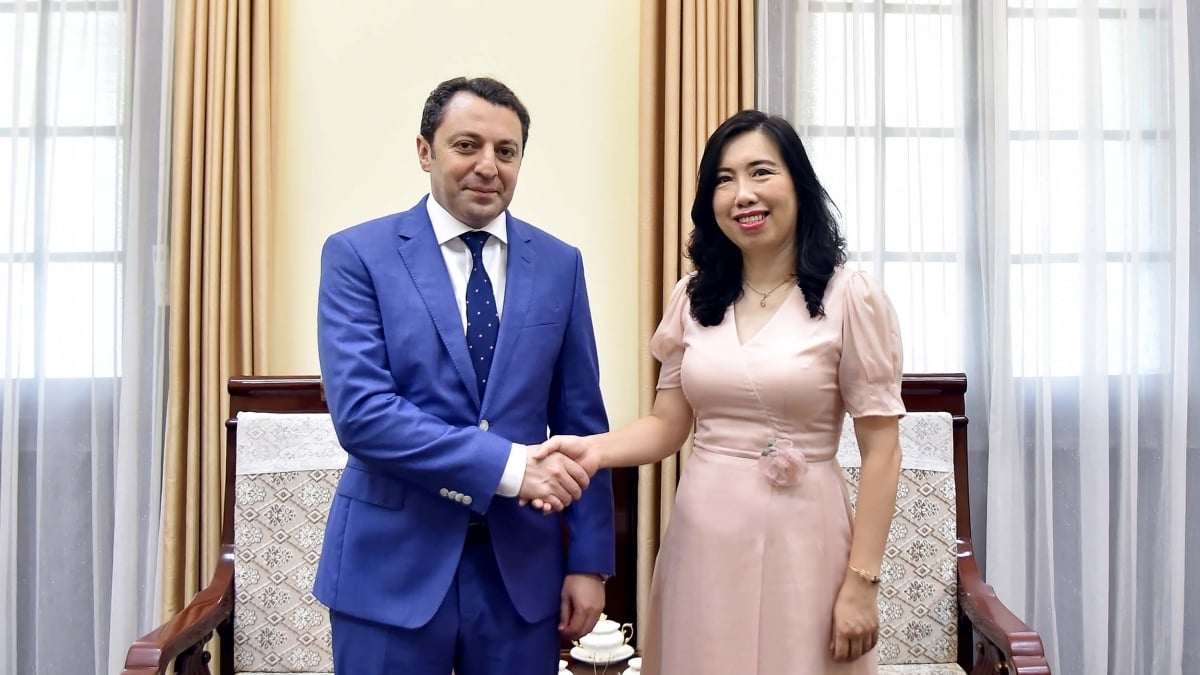
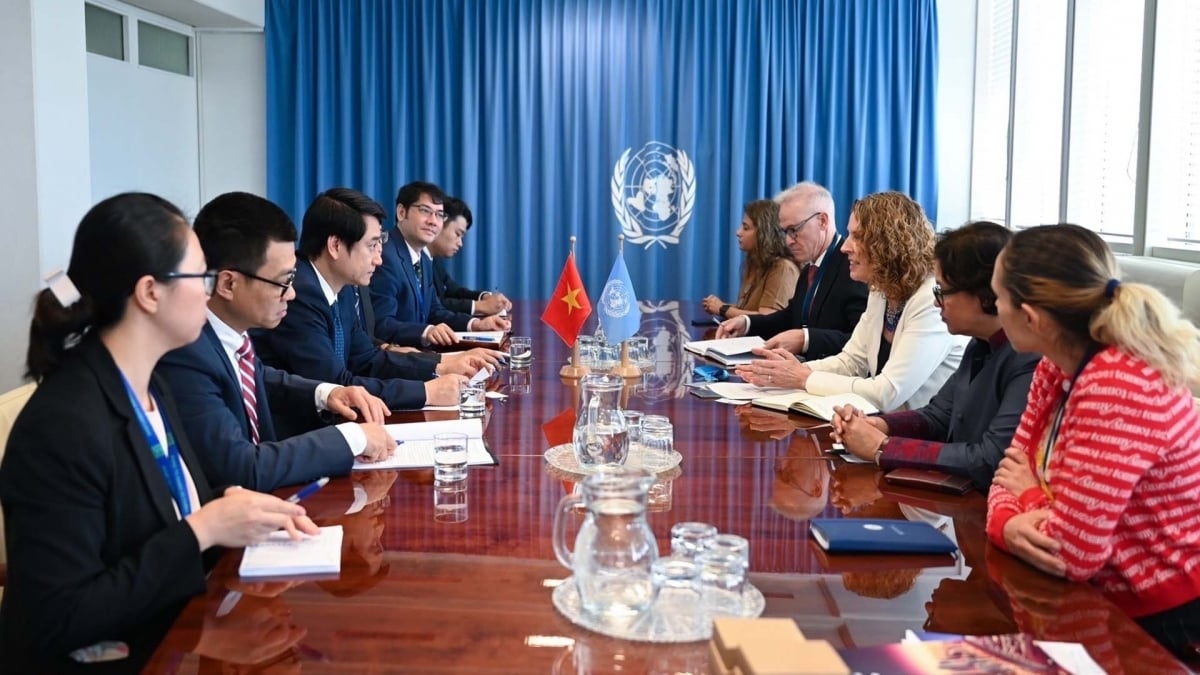

















































































![[Infographic] In 2025, 47 products will achieve national OCOP](https://vphoto.vietnam.vn/thumb/402x226/vietnam/resource/IMAGE/2025/7/16/5d672398b0744db3ab920e05db8e5b7d)





Comment (0)